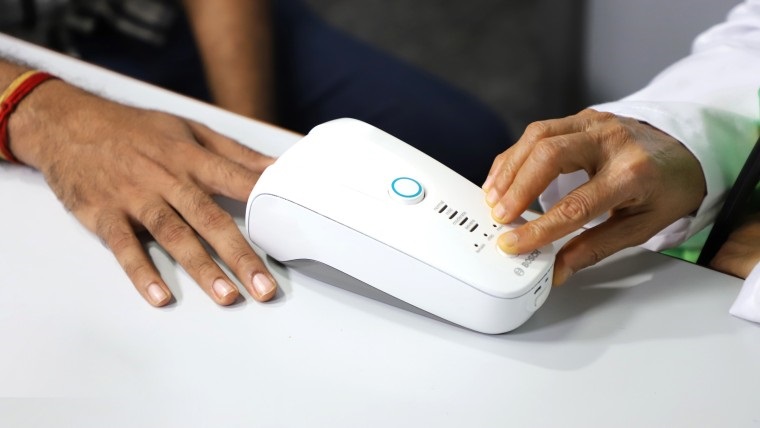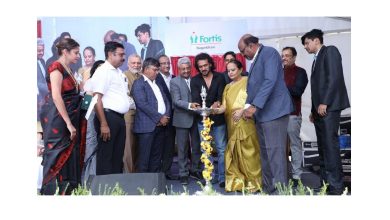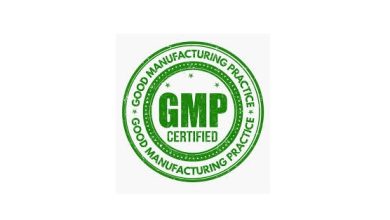Bosch launches haemoglobin monitor

The device provides a reliable result within 30 seconds even for low haemoglobin concentrations
Bosch has developed a portable Hemoglobin Monitor Solution (HMS) especially for regions where routine access to medical care tends to be difficult. This HMS allows a large number of people to be screened for anaemia rapidly, safely, using a non-invasive approach. The solution has been named a CES Innovation Award Honoree in the ‘Health and Wellness’ category.
“Bosch has developed the non-invasive haemoglobin monitor as an innovative solution and as an alternative to traditional methods for the early detection of anemia. This should offer people better diagnosis options even in resource constrained conditions. The use of artificial intelligence is revolutionizing anemia management, specifically in point-of-care setups and closer to the patient”, explains Dattatri Salagame, President and Managing Director, Robert Bosch Engineering and Business Solutions.
The solution by Bosch is designed for use directly at the point-of-care and is completely pain-free with no need for a blood test, as the value is determined by a finger scanner using multi-wavelength spectrophotometry on the surface of the skin. The system uses an optical sensor to precisely and reliably measure the photoplethysmogram (PPG) signals. Photoplethysmography, or PPG, is an optical technique used to detect volumetric changes in blood in the peripheral circulation. The device provides a reliable result within 30 seconds even for low haemoglobin concentrations. This is where machine learning comes in: the device’s algorithm monitors the wavelength of the light and uses 27 different characteristics to determine and classify the haemoglobin value. The algorithm has been trained with more than 10,000 anaemia data points. These clinically collected data along with the corresponding ground truth data are the basis for the machine learning algorithm. The more validated data sets are put into the continuously learning algorithm, the more precise the results will be.
A laboratory analysis is not necessary and there is no risk of infection from contaminated needles. Participants receive their test results quickly at the point of care. The device is battery operated, does not need subsequent calibration, and is extremely easy to use. It is intended for use in outlying and remote regions by healthcare professionals. Location-based reporting ensures easy clinical traceability. Organisations that operate multiple devices can conclude heat maps about specific regions. Patient data remains anonymous. Market release in India is expected by mid-2021.




